21 Knee strengthening exercises
Table of Contents
What are the knee-strengthening exercises?
- Knee strengthening exercises are a great exercise to make the knee joint as well as muscles more powerful to perform all the activity with ease without any extra strain as well as there are many health benefits of it.
- The knee is handling all the body weight while day-to-day activity such as walking, sitting standing, stair climbing, etc if the knee is weak there is a risk of injury, if the patient is health conscious & doing regular exercise is the best way to avoid knee-related injury.
- The knee joint is the biggest joint in the human body. The person uses it heavily in everyday activities as he walks, runs, climbs, or even jumps.
- As a result, this joint is also very prone to injury as well as pain. When pain or even injury occurs, the doctor can recommend exercises to help the patient to strengthen the muscles around the knee joint.
- Persons of all ages can experience knee pain. A type of knee pain called patellofemoral pain syndrome, or even a runner’s knee, is the most common orthopedic condition in sports. In addition to being common in athletic persons, knee pain may also be a problem for persons who are suffering from arthritis.
- People are tempted to avoid exercise when knee pain happens, but it is not always the perfect solution. Many types of exercise also assist to reduce existing knee pain & prevent future pain or even injury by providing the knee with extra support. The patient can give assistance to reduce the stress on the knee joint by regularly strengthening the muscles around the knee joint.
- The knee joints are made up of the thigh bone (femur) as well as the shin bone (tibia). The smaller bone that runs alongside the tibia (fibula) & the kneecap (patella) are the other bones that made up the knee joint.
- This joint is the hinge-type synovial joint, which mainly allows a motion for flexion as well as extension (and the small degree of medial as well as lateral rotation). This is made by articulations between the patella, femur, & tibia. To strengthen the knee joint, the patient has to focus on the motions that work the hamstrings, quadriceps, glutes, & hip muscles.
Health Benefits of knee strengthening exercises
- Exercise is the most effective way to treat osteoarthritis without surgery.
- The strong, as well as flexible muscles, may keep the knees healthy & prevent injury.
- Regularly doing quadriceps strengthening exercises may assist to make this easier to extend the knee & flex the hip.
- Helps to strengthen the quadriceps muscles.
- Helps to increase the stability of the kneecap
- Helps to cover the knee joint from damage.
- Helps to improve the jump height.
- Helps to increase overall athletic ability.
- Helps to reduce the risk of developing knee osteoarthritis.
- Helps to boost balance and stability as well.
- Stronger knees make everyday motions easy such as walking, bending, & sitting, and running.
- This exercise does not affect the knee joint directly, but it will strengthen the muscles located around this. Strong muscles near the knee may help to provide support for the knees. Its support may reduce pressure & strain on the knee joints, which helps to relieve knee pain & help a person be more active.
- The following exercises may help to strengthen the muscles surrounding the knee. If the person experiences pain while doing these exercises, they should stop performing them & consult a physical therapist. A person with painful knee pain should consult a doctor before accomplishing this exercise.
Knee-strengthening exercises variations
- This is the best way to perform a warm-up with light exercise before starting any knee-strengthening exercises. Such as gentle exercises including walking, cycling, & using an elliptical machine, all of which put less stress on the knees. This activity will assist increase blood flow to the muscles & allow them to be more flexible.
Half squat
- How to do this strengthening exercise:
- This is an excellent way to strengthen the quadriceps, glutes, as well as hamstrings muscles without straining the knee joints.
- To do this exercise the patient has to take the standing position with the feet shoulder-width apart. Put the hands on the hips or out in front of you for balance.
- The patient has to Look straight ahead, slowly squatting down about ten inches. It is the middle point of a full squat.
- Pause for two seconds, then stand up by pushing through the heels.
- Do one to two sets of ten or fifteen repetitions.

Calf raises

- How to do this strengthening exercise:
- To perform calf raises the patient has to Stand with the shoulder-feet width apart. Position yourself next to the wall or even hold on to the back of the chair for support.
- Raise both heels off the ground so that the patient is standing on the balls of the feet.
- Slowly lower the heels to the starting position. Control is important with the exercise for strengthening the calf muscles.
- Do one to two sets of ten to fifteen repetitions.
Hamstring curl
- How to do this strengthening exercise:
- This exercise targets the hamstrings as well as the glute muscles. This also needs good core strength to keep the upper body as well as hips steady.
- To do this exercise the patient has to stand facing the wall or use the chair for support.
- The feet should be hip-width apart. Raise one foot, flex the knee, & elevate the heel toward the sky.
- Tell the patient to go as far as the patient can, while keeping the upper limb steady & hips pointing forward. Hold for 8 to 10 seconds.
- Relax as well as lower to the starting position.
- Do one to two sets of ten to fifteen repetitions on both legs.
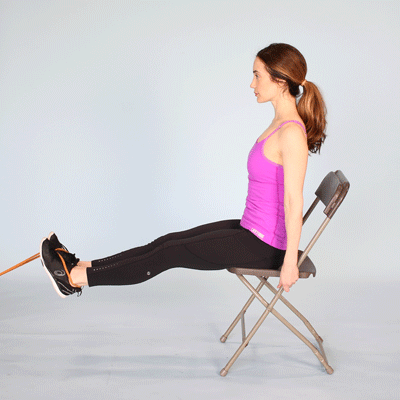
Leg extensions
- How to do this strengthening exercise:
- To do this exercise the patient has to Sit up tall in the chair.
- Place the feet flat on the bottom, hip-width apart.
- Look straight ahead, contract the thigh muscles, & straighten one leg as far as possible without raising the buttocks off the air.
- Pause, then lower to the embarking position.
- Do one to two sets of ten to twenty repetitions on each leg.

Straight leg raises
- How to do this strengthening exercise:
- This exercise strengthens the quadriceps as well as the hip flexor muscles. If the patient flexes the foot at the end of the motion, the patient should also feel the tibial shins tighten.
- This is a very effortless exercise to perform the patient can also do this exercise at the place.
- For performing this exercise, the patient can use the mat to add cushioning under the back.
- Lie down on the floor with one knee flexed & one leg straight out in front of you.
- Engage the quadriceps of the straight leg as well as slowly raise it off the floor until this is the same height as the flexed knee.
- Pause at the top for five seconds, then lower to the starting position
- Do one to two sets of ten repetitions on both legs.

Side leg raises
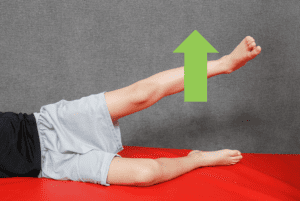
- How to do this strengthening exercise:
- This exercise utilizes the hip abductor muscles as well as the glutes. The hip abductor muscles, situated on the outside of the hips, these muscles help the patient for standing, walk, & rotate the legs with easiness. Strengthening these muscles may help the patient to prevent and treat pain in the hip as well as knee joints.
- To do this exercise the patient has to take the side-lying position with the legs stacked on top of each other. Cradle the head in one hand, & place the other hand on the floor in front of you.
- Elevate the top leg as much as the patient comfortably can.
- Pause for two seconds at the top motion, then lower the leg.
- Do one to two sets of ten to twenty repetitions on both legs.
Prone leg raises
- How to do this strengthening exercise:
- This exercise uses the hamstrings as well as the glutes. As this exercise gets easier to do, the patient can add a five-pound ankle weight & gradually work up to a heavier weight as the patient builds strength in the leg muscles.
- To perform this exercise, the patient can use the mat to add cushioning beneath her.
- Lie on the abdomen with the legs straight out behind you. The patient can let the headrest on the arms.
- Contract the glute as well as hamstring muscles in the right leg & raise the leg as much as you comfortably can without causing pain. Be sure to keep the pelvic bones on the ground throughout this exercise.
- Hold the leg in the lifted position for five seconds.
- Lower the leg, rest for 2 seconds, then repeat.
- Do one to three sets of ten repetitions on both legs.

Hamstring curls on a weight bench
- How to do this strengthening exercise:
- This exercise is a riff of the standing hamstring curl.
- The patient may try this version if the patient has access to the weight bench that is purpose-built for this exercise. This can be more difficult than the standing hamstring curl, turning on how much weight the person uses.
- To do this exercise the patient has to Lie with face down on the bench with the knees close together. Hold the handles for stability. Tuck the feet under a weight. The weight should pose just above the heels.
- Gradually flexed both knees, using the force of the legs to raise the weight up. Continue to raise the weight in the smooth movement until the knees flexed up to a 90-degree angle.
- Hold the weight up for five seconds & then slowly lower this backdown.
- Perform up to ten repetitions.

Step exercises

- How to do Step exercises:
- To perform this exercise the patient can use a large, steady stool not taller than six inches.
- Step up onto the stool with the left foot & allow the right foot to follow behind. The right foot should not be on the stool but should hang behind this.
- Keep the body weight on the left foot & hold for up to five seconds.
- Gradually lower the right foot down & then follow this with the left foot.
- Switch legs, stepping up with the right foot foremost.
- Perform up to ten repetitions.
Single-leg dip
- How to do this strengthening exercise:
- To do this exercise the patient can Use two high-backed, stable chairs, placing one on either side of the body with a chair back next to the arms. Put the hand on the back of each chair for balance.
- Lift left leg about twelve inches from the ground. All weight must be on the right leg.
- Gradually bend down two inches, pushing weight onto the heel of the supporting leg.
- Hold for ten seconds.
- Slowly straighten up.
- Repeat & do this on other sides.
- Perform up to ten to fifteen repetitions.

Sit to stands
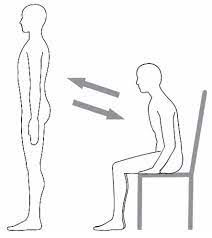
- How to do this strengthening exercise:
- To do this exercise the patient needs one chair.
- Without using the hands for support, stand up & then sit down.
- Make sure every motion is slow & controlled. Repeat until the patient can not do it anymore.
- Rest for around one minute then repeat another two times. If a chair is too low, start by rising from the cushion on the chair & removing this when the patient does not need it anymore.
Quads exercise with roll
- How to do this strengthening:
- To do this exercise the patient has to Sit on the floor or sofa or even bed, with the legs stretched straight out in front of you. Put the towel underneath one knee.
- Push down on a towel as if extending the knee.
- Move the toes & foot towards you, so that the patient feels the calf muscles stretch, & so that the heel raises off the floor.
- Hold for ten seconds, next relax for ten seconds.
- Do this ten times, then recite the exercise with the right leg.
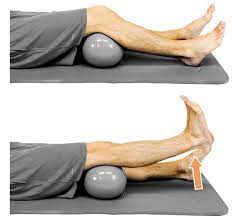
Leg cross
- How to do this strengthening exercise:
- To do this exercise Sit on the edge of the table, seat, or even bed as well as cross the ankles.
- Pull the front leg backward & back leg forwards against each other until the thigh muscles become feel tense.
- Hold this for as much as the patient can, then relax.
- Rest for one minute & then replicate another two times.
- Switch legs & repeat.
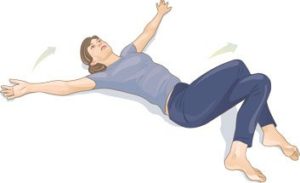
Lunges
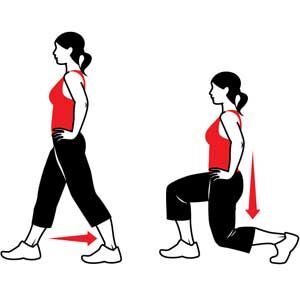
- How to do this strengthening exercise:
- Forward lunges exercise strengthen the thighs as well as hips and also maintain balance. To do the lunges exercise the patient has to stand with feet- hip-width apart, and reset the fists on the hips.
- Now take a forward step. Slowly lower the hips, and flex both knees but make sure that the front knee does not track over the toes
- Hold for a couple of seconds, then push up off the front heel to come back to the starting position.
- Repeat this practice on the other leg as well.
Hip Bridge
- How to do this strengthening exercise:
- To perform the hip bridge exercise the patient has to take the supine lying position with both knees flexed & heels flat on the floor, about 6 inches away from the buttocks.
- Engaging the core muscles, press into the heels, as well as raise the hips off the floor.
- Do not arch the lower back; instead, keep the ribs relaxed and in a straight line from the shoulders to the knees.
- Hold for ten seconds, after that lower down slowly.
- As the patient progresses, raise one leg into the air to create the single-leg bridge.

Single leg Deadlift
- How to do this strengthening exercise:
- To do the exercise a patient has to stand with both feet under the hips.
- Move the weight to the left leg, which should be nice as well as straight with the soft bend in the knee. Start to drive the right foot back like the patient is stamping the bottom of the foot on a wall behind you, the leg should be straight.
- Simultaneously, slowly start hinging at the waist, tipping the trunk forward until this is almost parallel to the floor.
- The arms should be straight, at shoulder height, & perpendicular to the floor at all times.
- At the bottom of the position, the body must be in a straight line from the top of the head to the bottom of the right foot.
- Next, start pulling the right leg forward during keeping this straight, & raise the trunk until the patient is standing again.
- It is one repetition. Repeat all repetitions on one side, after that switch legs.

Split Squat
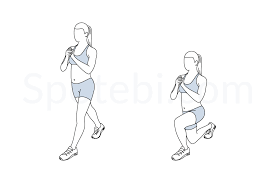
- How to do split squats:
- To do the split squat the patient has to come into the staggered stance with feet hip-width apart & one foot positioned several feet in front of the other, with the holding dumbbell in both hands.
- Engage the core muscles as well as flex both knees to lower the body into the lunge (or split squat) until the front thigh is parallel to the floor.
- Make sure to keep the core tight, spine straight (the trunk can need to lean slightly forward to achieve this, & that is fine), and shoulders back (not hunched up or even rounded forward).
- Push through the heel of the front foot as you straighten that knee & come back to standing.
- It is one repetition.
- Do around ten repetitions on the same side, then switch legs & repeat.
Post-exercise stretching
After doing any exercise, this is necessary to stretch the muscles which are used. Stretching will helps to increase flexibility & decrease pain and injury.
Quadriceps stretch

- How to do this stretching exercise:
- To do quadriceps stretch the patient can Hold on to the back of the chair or put one hand on a wall for balance.
- Raise the left foot behind the body & hold the ankle with the hand. The back should be straight as well as the knees close together.
- Drag the heel close to the glute region without forcing it or inducing pain.
- Hold for up to thirty seconds & then slowly lower the leg.
- Complete three repetitions on the left side then go for the right leg.
Toe touches
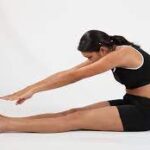
- How to do this exercise smoothly:
- There have different techniques to stretch the hamstrings in the back of the legs.
- One is through traditional toe touching, with the feet close together, slowly flexed over at the hips & extend the arms downward.
- The legs should be straight but do not lock the knees.
- Get the fingers to the top of the toes & keep for thirty seconds.
- In the starting, this may not be possible to reach the toes. In this case, attempt to get the fingers as near as possible to the toes without provoking pain.
Standing hamstring stretch

- How to do this stretching exercise:
- This technique is also an effective way to stretch the posterior leg, & this is less strenuous for the lower back than toe touches. To do this stretch Stand up straight with the feet no more than shoulder-width apart.
- Flexed from the hips slightly & extend the left leg out a few inches in front of the body. Allow the right leg to flex gradually.
- The back must be straight, gradually bringing the chest downward.
- Bend down as much as possible without happening pain. Hold for nearly 30 seconds.
- Gradually bring the leg back toward the body & stand up straight.
- Repeat with the right leg as well.
When did the patient not do Knee strengthening exercises?
- If the patient has a Hip injury
- If the patient has a Knee injury
- If a patient is Recently undergone surgery on the leg.
- If the patient feels any pain while this exercise.
- If the patient has a balance issue then go for easy variation in this exercise.
- If exercise will increase the pain.
- Do exercise gradually, and avoid jerky motion.
FAQ
Due to there being so many reasons for bad knees, there is no universal fix for the issue. However, there are plenty of options for decreasing pain as well as alleviating the symptoms. If the issue is serious adequately, there are even joint replacement knee surgery options to consider.
Legumes are high in protein, which is why they assist replenish the collagen the body needs to rebuild the cartilage in the knees. Not only are they high in protein, but it also has amino acids & lysines, both of which are necessary when trying to rebuild knee cartilage naturally.
The knees may be weak or even shaky owing to inflammatory conditions, systemic disease, or other vascular issues (blood clots or deep vein thrombosis). The knees can also feel weak owing to poor blood circulation. Some other causes are Infections in the knees.
That pressure, plus regular wear & tear, takes a toll over time. Muscles as well as ligaments get weaker. The knee’s two shock absorbers pads of cartilage called menisci, embark to deteriorate. So does the articular cartilage cover the ends of the leg bones where they meet at the knee?
For knee sprains or even strains, the healing time is typically 2 to 4 weeks. Major injuries as a result of trauma can take from 4 up to 12 months. Of course, this healing time would be dependent on the treatment being administered & the lifestyle of the patient.

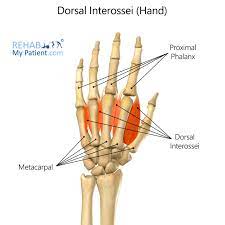
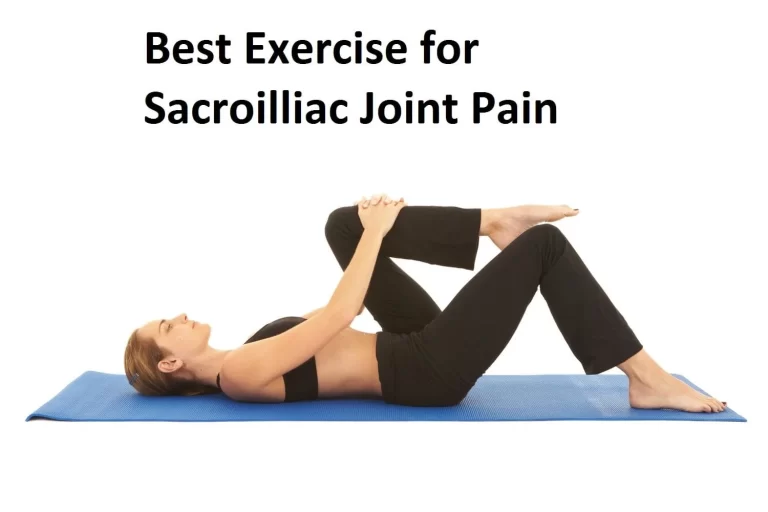
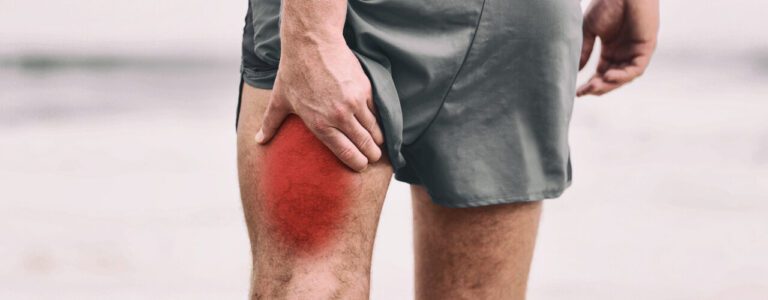

One Comment